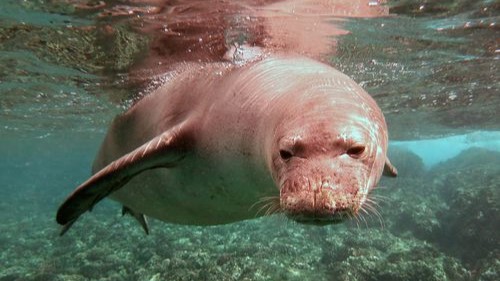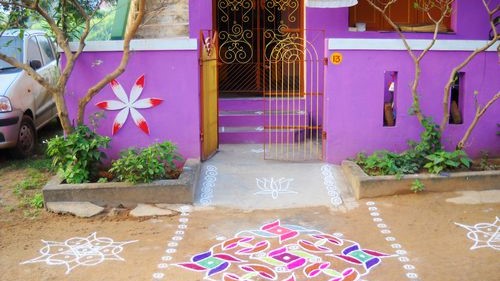When you think of mammals, you might think of furry animals with four legs that walk, hop, scurry, and hide in forests and fields. Do you think of the mammals that live in the sea such as dolphins, whales, and seals?
Most seals live in cold water in groups called herds, but not the Hawaiian monk seal. These seals prefer warm tropical water, and they mostly live alone, although sometimes they can be seen basking in the sun in small groups. Scientists believe they are the oldest seal species on Earth. They are also the most endangered seal in the world.
The monk seal gets its name for two reasons. First, monk seals have folds of fur-covered skin that resemble a human monk’s hooded cloak. Second, most human monks live alone or in small groups, just like the seal.
Hawaiian monk seal pups are black when they are born, but turn brown or gray as they grow older. They grow a lot! An adult male may measure more than seven feet long and weigh up to 600 pounds.
According to National Geographic, the Hawaiian name for this seal is ‘īlio holo i ka uaua, which means “dog that runs in rough water.”
Monk seals spend most of their lives in the water, where they search for food such as fish, lobster, octopus, and eel in coral reefs throughout the Hawaiian Islands. They go to the beach to rest and take shelter from storms. Females give birth and nurse their pups on sandy beaches and in shallow waters.
Hawaiian monk seals were hunted for their fur about 100 years ago, and the species nearly went extinct. Over the past 40 years, they’ve been protected by laws that prevent hunting.
Unfortunately, monk seals now face other threats to their survival. Some of them die when they become tangled in fishing nets and other ocean debris left behind by people or lost from boats. Beaches where females used to give birth have eroded away because of sea level rise and storms.
Fortunately, several conservation groups in Hawaii are working together to help the seals.
The National Fish and Wildlife Foundation is supporting programs on three of the main Hawaiian Islands, where new rules protect the waters and beaches. Conservation groups are clearing debris like fishing nets from the beach and in the water on parts of the islands of Kauai and Kahoolawe. On the island of Oahu, the North Shore Community Land Trust is removing invasive tree species and planting native plants to restore the beach. This helps female monk seals by giving them another place to raise their pups.
Though the Hawaiian monk seal population continues to decline, research has proven that many are alive today thanks to these and other programs that help them.
Studies are underway to determine more ways to help this special mammal continue to survive, in spite of the many threats it faces.









